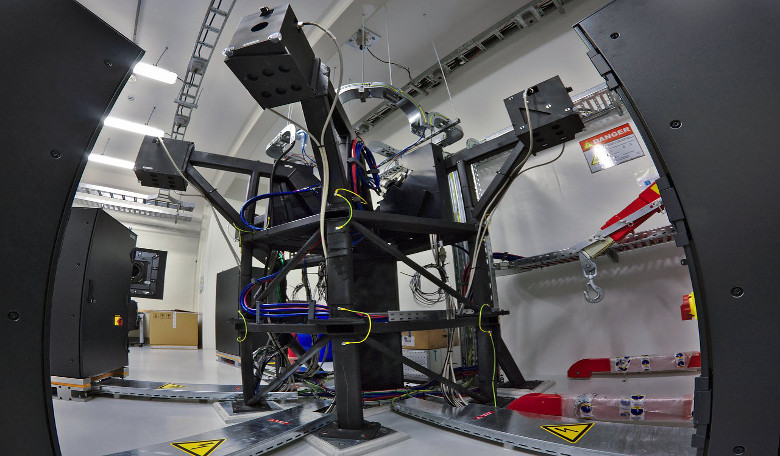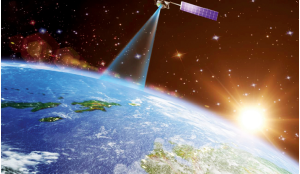The next generation of planet hunting telescopes has just made its first successful observation. Known as ESPRESSO – the Echelle SPectrograph for Rocky Exoplanet and Stable Spectroscopic Observations – the telescope will search for exoplanets with unprecedented precision by looking at the minute wobbles in the host stars’ motion.
Installed on ESO’s Very Large Telescope (VLT) in Chile, ESPRESSO is the successor to ESO’s hugely successful HARPS instrument. HARPS, which stands for the High Accuracy Radial velocity Planet Searcher is one of the most successful ground-based planet finders of its time and it measures small changes in a star’s radial velocity, I.e the velocity of a star along the line of sight of an observer. HARPS was so precise it could detect a change as little as one metre per second in the star’s motion.
ESPRESSO on the other hand, aims to achieve a precision of just a few centimetres per second! ESPRESSO will therefore be able to produce data that is the same quality as HARPS but it requires significantly less observing time in which to produce the same images.
“This success is the result of the work of many people over 10 years. ESPRESSO isn’t just the evolution of our previous instruments like HARPS, but it will be transformational, with its higher resolution and higher precision. And unlike earlier instruments it can exploit the VLT’s full collecting power — it can be used with all four of the VLT Unit Telescopes at the same time to simulate a 16-metre telescope. ESPRESSO will be unsurpassed for at least a decade — now I am just impatient to find our first rocky planet!” explains lead scientist for ESPRESSO, Francesco Pepe from the University of Geneva in Switzerland.
The radial velocity method allows astronomers to measure the mass and orbit of any residing exoplanet and it works by measuring the gravitational pull the planet exerts on its host star; the less massive the planet, the smaller the wobble. An instrument with a high spectral resolution such as ESPRESSO will be able to detect some of the lightest planets ever found and ones that are in the habitable zone of a low mass star - planets that are synonymous with our own rocky world and ones that could possibly sustain life.
“Bringing ESPRESSO this far has been a great accomplishment, with contributions from an international consortium as well as many different groups within ESO: engineers, astronomers and administration. They had to not just install the spectrograph itself, but also the very complex optics that bring the light together from the four VLT Unit Telescopes,” said instrument scientist Gaspare Lo Curto from ESO.
Designed and built by a consortium of institutions from around Europe, ESPRESSO will not only push planet hunting to the next level, but it will also be used to test whether the physical constants of nature have changed since the Universe was young.
The super-stable optical high resolution spectrograph is hoping to acquire the most accurate measurements of the fundamental constants α (the fine structure constant) and μ (the proton to electron mass ratio) as a function of redshift. Such tiny changes are predicted by some theories of fundamental physics, but have never been convincingly observed.
Given the instruments large light collecting power and its extreme radial velocity precision and accuracy, the team expect that ESPRESSO will surpass its main scientific objectives by opening up new opportunities in observational astronomy with hopefully new and unexpected results.











